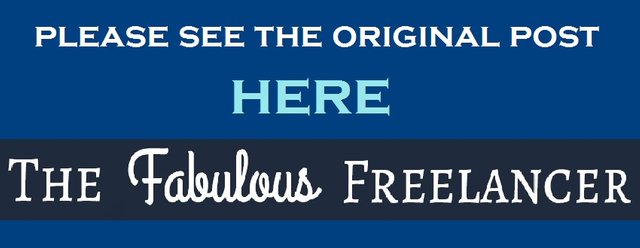How Pinterest Can Help Freelancers

Image Source: Pexels User Pixabay
No matter how far along you are in your freelancing journey, a key to success is maintaining relevance. This can mean taking courses on or offline, gaining certifications, etc. Additionally, there’s that promotional element, which is something that probably takes up most of the focus for many freelancers.
Sure, certain avenues will work better for some niches than others. For example, if you’re a freelance videographer, YouTube might do a lot more for you than, say, Twitter, which tends to help freelance writers. However, things are always changing in this Internet landscape that so many of us freelancers utilize for our livelihoods. Pinterest is probably one of, if not THE best promotional methods out there for us, regardless of our niche.
Getting Started
First, be sure you have a website or blog centered around your freelancing work to promote. I suppose you could use Pinterest strictly for networking purposes, too, through group boards (we’ll get to that topic shortly) but really, it’s important you have that website/blog foundation.
There’s the standard Pinterest profile, which everyone starts out with. Then, there’s the business profile, which is still mostly free, but more customizable; you can make use of paid advertising and analytics once you verify and connect your website to said profile.
How to Make Pins Popular
I don’t think there’s any one formula for this, although there are plenty of online courses that say there is. Take, for example, ever-evolving SEO conundrum. It used to be that if you wrote an article/website copy with a certain amount of keywords sprinkled throughout at a certain keyword density, then voila! The article/website page had a better-than-average chance of being ranked well in search engines.
Well, my freelancing friends, we all know that algorithms change, which can in turn affect how popular pins are in search results, but these tips should withstand the test of time:
If you’ve got no graphic design experience, don’t fret! Canva is a favorite way of creating and customizing (although they do have templates) pins. There’s a bit of a learning curve to this, but it’s about as comprehensive of a design site as it could possibly be. Avoid square pins; opt for vertically rectangular pins instead.
Get thee to a Pinterest scheduler! Also, according to the (very insightful) Pinterest article, “Best Practices for Pinterest Success:”
- Pins generally get more of an audience in the evening.
- Post 10 or so pins per day (the first 5 of which Pinterest prioritizes for distribution).
- Create at least 5 boards.
Yes, boards are important! Followers can choose to follow all, or only some of your boards. Not only should you create your own boards to pin to, you should also join group boards corresponding to your niche. You can find group boards through the traditional Pinterest search.
Never ditch descriptions! Hashtags are, apparently, less important than they used to be for Pinterest promotion, but those same applicable keywords shouldn’t be left out! Instead, still incorporate them, just more in sentence form, making sure you write concise descriptions for both pins and boards.
The more informative the pin topic (whether it’s a how-to, a list of resources, that sort of thing), the better!
Pinterest Patience
Unlike other forms of social media, wherein posts are at their most popular immediately, Pinterest pins gather their audience gradually. Therefore, it can take several months before you see more visitors coming to your website from your Pinterest profile. So, in the meantime, keep pinning, keep learning, and keep believing!
Content source: my own blog - please click the image below for the link!
